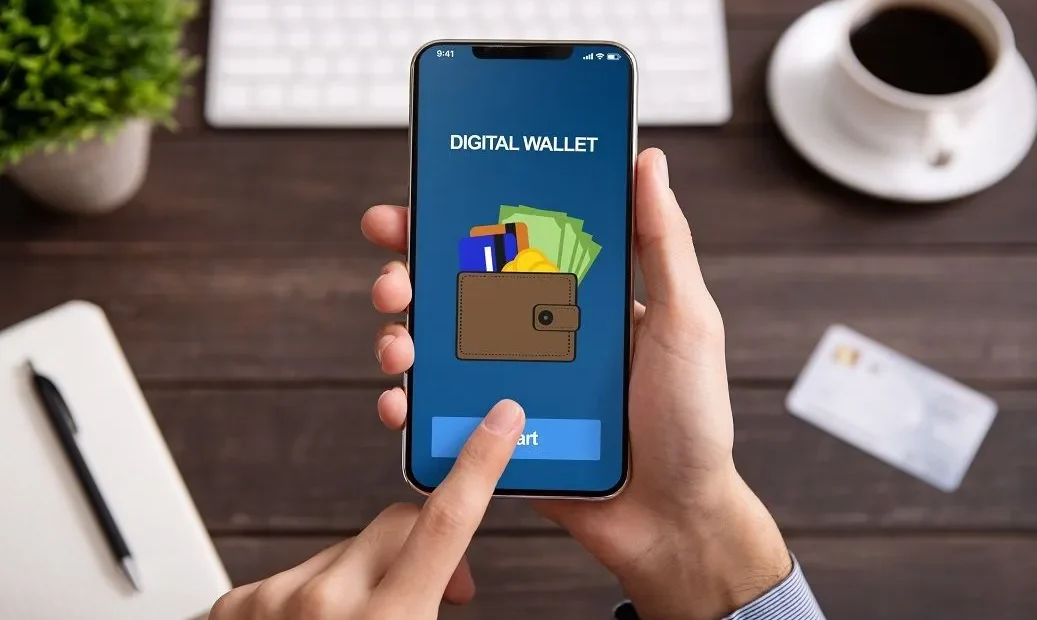Understanding Open Banking Basics
What Is Open Banking?
Open banking is a system where banks securely share customer financial data with authorized third-party providers (TPPs) through application programming interfaces (APIs), with customer consent. Introduced in 2018 under regulations like the EU’s PSD2, it fosters competition and innovation by enabling fintechs to create tailored services like budgeting apps and payment solutions. For business owners, open banking streamlines financial operations, offering real-time insights into cash flow and customer behavior.
Benefits of Open Banking for Businesses
Streamlined Payments and Insights
Open banking enables businesses to process instant account-to-account (A2A) payments, reducing transaction fees by up to 80% compared to card payments and boosting conversion rates with 95% success rates. It simplifies customer onboarding by verifying identities and financial data via APIs, cutting costs and complexity. Tools like Ember and Crezco aggregate multiple bank accounts into one dashboard, enhancing accounting and financial forecasting for small businesses.
Digital Wallets and Business Efficiency
Transforming Payment Processes
Digital wallets, such as Apple Pay, Google Pay, and PayPal, store payment information securely for fast, contactless transactions. For businesses, they offer lower fees than credit card processing, seamless integration with e-commerce platforms, and enhanced customer experiences through quick checkouts. By 2025, digital wallets account for 49% of global transactions, with the market projected to reach $16.2 trillion by 2031, driven by demand for convenience and security.
Regulatory Compliance for Digital Wallets
Navigating Legal Requirements
Business owners launching digital wallets must comply with regional regulations, such as the U.S. Bank Secrecy Act, EU’s GDPR and PSD2, or UAE’s Central Bank guidelines. These ensure secure transactions and protect user data through encryption and tokenization. Non-compliance risks penalties, so partnering with platforms like SDK.finance, which offers compliant white-label solutions, can simplify adherence while enabling features like multicurrency accounts and P2P transfers.
Enhancing Financial Inclusion
Expanding Customer Reach
Digital wallets and open banking promote financial inclusion, especially in regions with unbanked populations. In Africa, where 57% lack traditional bank accounts, wallets like M-PESA provide access to payments, savings, and loans. Businesses can tap into these markets by offering wallet-based services, increasing reach and loyalty. Open banking also aids credit access for underserved groups by verifying income through data sharing, benefiting small enterprises.
Strategic Implementation Tips
Choosing the Right Solutions
To leverage open banking and digital wallets, select platforms tailored to your business size and needs, such as Yapily for seamless payment APIs or Dwolla for A2A payments. Ensure robust security with tokenization and biometric authentication. Monitor customer preferences, as 74% of consumers prefer digital wallets for convenience. Test integrations in sandbox environments and prioritize scalable, API-first solutions to stay competitive in the evolving fintech landscape.








